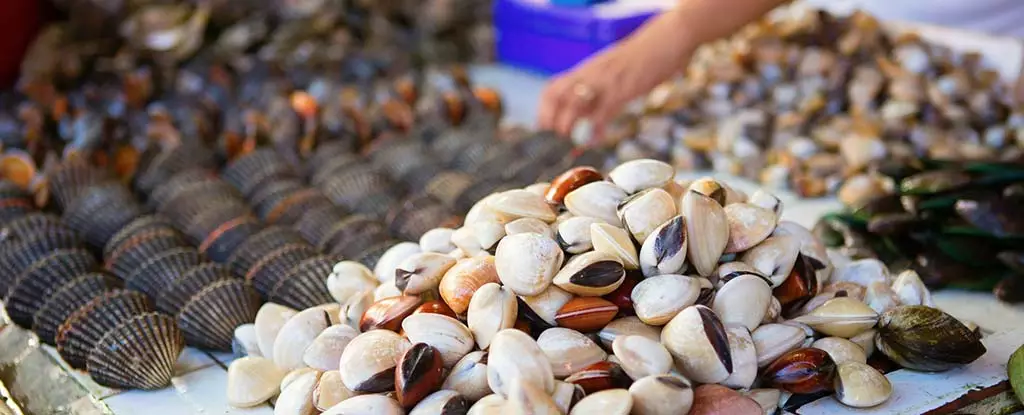The Philippines, endowed with a sprawling archipelago and abundant marine resources, plays an integral role in the global seafood market. Contributing over four million tonnes of seafood annually, the country stands as the 11th largest seafood producer worldwide. Its coastal communities, heavily reliant on this industry for their livelihoods, benefit profoundly from the rich biodiversity of tropical waters that not only sustain a thriving fishery but also attract international demand. However, recent revelations concerning harmful algal blooms raise serious alarms about the future of this vital sector.
Recent studies conducted by scientists from Ateneo de Manila University and Universiti Malaysia Sarawak have underscored the presence of toxic diatom species within Philippine waters. While diatoms are an essential component of phytoplankton—contributing significantly to the Earth’s oxygen supply—specific species from the Pseudo-nitzschia genus can produce domoic acid, a potent neurotoxin that poses severe health risks to humans. Such toxins readily accumulate in marine life, particularly shellfish, sardines, and anchovies, as they consume these algal species as part of their diets.
The potential for seafood contaminated with domoic acid to make its way onto dinner plates is exceedingly low due to regulatory measures in place globally. Nevertheless, human-induced climatic changes and pollution are exacerbating the frequency of harmful algal blooms, raising concerns about the safety of coastal communities that depend on these resources. For instance, the infamous amnesic shellfish poisoning outbreak in 1987, which resulted in three fatalities in Canada, casts a long shadow over the management of seafood safety.
Researchers identified an alarming trend during their investigations, which focused primarily on marine farms surrounding Luzon Island, one of the most densely populated regions in the Philippines. Although the initial report of a Pseudo-nitzschia bloom off Cebu still leaves uncertainties, another significant occurrence was noticed in May 2023, where a bloom consisting of multiple Pseudo-nitzschia species was detected near Pangasinan. These findings call for enhanced vigilance among seafood producers in the area.
Sampling efforts from two hubs—Sotto’s Tahong Farm in Bacoor Bay and Pagbilao Bay—revealed 15 strains of Pseudo-nitzschia in the collected seawater. Among these, two species—Pseudo-nitzschia pungens and Pseudo-nitzschia brasiliana—were linked directly to the production of domoic acid. Notably, P. brasiliana had not previously been reported in Luzon, representing a concerning first for the region.
The Way Forward: Monitoring and Preparedness
This new evidence necessitates a comprehensive monitoring strategy for Philippine coastal waters. The discovery of these toxic diatoms must galvanize immediate action from local health authorities and seafood producers to mitigate any potential risks associated with seafood consumption. Continuous monitoring of Pseudo-nitzschia populations could be the linchpin in averting future outbreaks of amnesic shellfish poisoning that could devastate communities relying on shellfish, mussels, and other marine life for sustenance and economic stability.
Educational campaigns to raise awareness among fishermen and seafood vendors about the risks of harmful algal blooms can empower communities to take preventative measures. Incorporating science and technology in real-time monitoring initiatives could greatly enhance the ability to respond quickly to algae that produce harmful toxins, thereby safeguarding both public health and the livelihoods of those in the seafood industry.
With the potential for toxic algae to disrupt a critical aspect of the Philippines’ economy, urgent action is critical. By increasing awareness, enhancing monitoring systems, and encouraging environmentally sustainable practices, stakeholders can work together to protect both community health and the vibrant marine resources this nation has to offer. As the tale of the Philippines’ seafood industry unfolds, diligent stewardship of coastal resources will be paramount in securing the future of this vital sector against the rising tide of ecological threats.

Leave a Reply